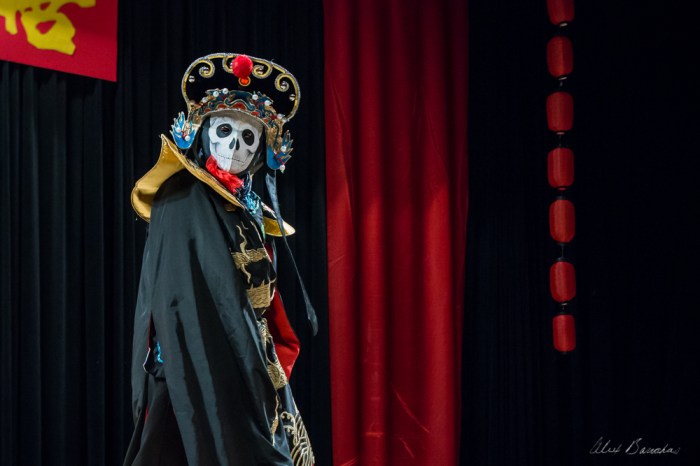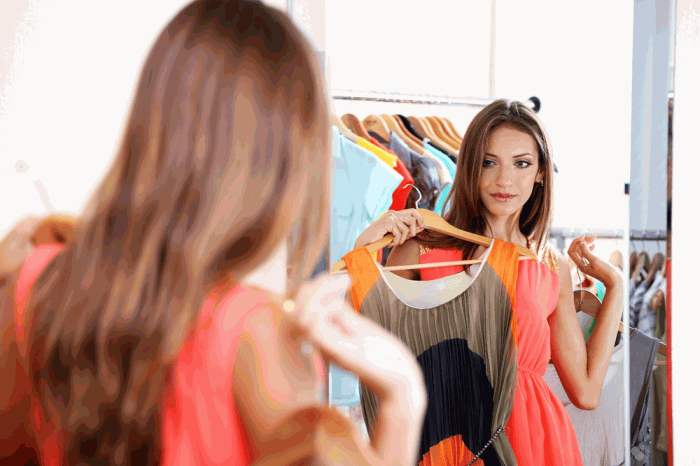Selfie the changing face of self portraits – Embarking on an exploration of selfie: the changing face of self-portraits, this discourse immerses readers in a captivating narrative that unravels the evolution, impact, and future prospects of this prevalent form of self-expression. From its historical roots to its contemporary manifestations, selfie has reshaped the landscape of self-portraiture, inviting us to reconsider the boundaries of art, identity, and self-representation.
The rise of selfies in the digital age has been fueled by technological advancements, social media platforms, and cultural shifts, transforming the way individuals document and share their experiences. This phenomenon has profound psychological and social implications, influencing self-esteem, body image, and interpersonal relationships.
Furthermore, selfie photography has emerged as a unique artistic medium, challenging traditional notions of self-representation and inspiring innovative forms of creative expression.
Historical Evolution of Self-Portraits

Self-portraits have a long and varied history, tracing their origins to ancient Egypt and continuing through the Renaissance, Baroque, and Modern periods. In traditional painting, self-portraits were often used as a means of self-expression and introspection, allowing artists to explore their own identities and emotions.
With the advent of photography in the 19th century, self-portraits became more accessible and widespread, allowing individuals to capture and share their own images.
Changing Techniques and Styles
Over time, self-portraits have evolved significantly in terms of techniques and styles. In the early days, artists used mirrors or water surfaces to create their self-portraits, resulting in images that were often stiff and formal. As painting techniques developed, artists began to experiment with different brushstrokes, colors, and compositions, creating more expressive and personal self-portraits.
With the advent of photography, self-portraits became even more varied, as artists could experiment with different lenses, lighting, and poses.
Cultural Influences
The evolution of self-portraits has also been influenced by cultural shifts and societal norms. In some cultures, self-portraits were considered to be a form of vanity or self-indulgence, while in others they were seen as a valuable means of self-expression and exploration.
The rise of individualism in the Renaissance period led to a surge in self-portraits, as artists sought to celebrate their own unique identities. In the 20th century, self-portraits became increasingly politicized, as artists used them to express their views on social and political issues.
The Rise of Selfies in the Digital Age

In the 21st century, the rise of digital technology and social media has led to a proliferation of self-portraits, known as selfies. Selfies have become a prevalent form of self-expression and communication, particularly among younger generations.
Technological Advancements
The widespread adoption of smartphones with built-in cameras has made it easier than ever for individuals to take and share selfies. The development of social media platforms such as Instagram and Snapchat has provided a convenient and accessible way for people to share their selfies with others.
Social Media Platforms
Social media platforms have played a crucial role in the rise of selfies. These platforms provide a space for individuals to connect with others, share their experiences, and express their identities. Selfies have become a way for people to share their everyday lives, connect with friends and family, and build online communities.
Cultural Shifts, Selfie the changing face of self portraits
The popularity of selfies has also been influenced by cultural shifts and changing attitudes towards self-expression. In the past, taking a selfie was often seen as a form of vanity or narcissism. However, in recent years, selfies have become more widely accepted as a legitimate form of self-expression and communication.
Psychological and Social Implications of Selfies

The taking and sharing of selfies has a number of psychological and social implications.
Psychological Motivations
Selfies can serve as a means of self-expression and identity exploration. They allow individuals to present themselves to others in a way that they choose, and to control the way they are perceived. Selfies can also be a way for individuals to express their creativity and share their experiences with others.
Social Implications
Selfies have also had a significant impact on social relationships. They can be used to build and maintain connections with others, and to create a sense of community. Selfies can also be used to communicate emotions and experiences, and to share personal stories.
Impact on Self-Esteem and Body Image
However, the excessive use of selfies has also been linked to negative outcomes, such as decreased self-esteem and body image concerns. Some individuals may become preoccupied with their appearance and may use selfies to seek validation from others. This can lead to a negative cycle of self-criticism and dissatisfaction.
Artistic Expressions in Selfie Photography
Selfie photography has emerged as a unique form of artistic expression.
Unique Artistic Qualities
Selfies often feature unconventional angles, close-ups, and experimental compositions. They allow artists to explore new perspectives and to create images that are both personal and expressive. Selfies can also be used to challenge traditional notions of beauty and self-representation.
Creative Techniques
Selfie photographers often use creative techniques to enhance their images. They may experiment with lighting, filters, and editing software to create visually appealing and striking images. Some selfie photographers also use props and costumes to create more elaborate and conceptual self-portraits.
Influence on Contemporary Art Forms
Selfie photography has influenced contemporary art forms such as painting, sculpture, and performance art. Artists have begun to incorporate selfies into their work, using them as a way to explore themes of identity, self-expression, and the role of technology in modern society.
Ethical Considerations and Privacy Concerns
The use and dissemination of selfies raise a number of ethical and privacy concerns.
Potential Risks
Selfies can be used to track individuals’ movements and activities. They can also be used to identify individuals, which can pose risks to their safety and privacy. Additionally, selfies can be used to spread misinformation or to harass and bully others.
Benefits
Despite these risks, selfies can also have positive benefits. They can be used to raise awareness about important social issues, to connect with others, and to build communities. Selfies can also be used to document personal experiences and to preserve memories.
Balancing Privacy and Expression
It is important to balance the potential risks and benefits of selfies. Individuals should be aware of the privacy implications of sharing their selfies and should take steps to protect their personal information. They should also be respectful of others’ privacy and should not share selfies without their consent.
Future Trends in Selfie Culture
The future of selfie culture is uncertain, but there are a number of trends that may shape its evolution.
Advancements in Technology
As technology continues to advance, we can expect to see new and innovative ways to take and share selfies. For example, the development of artificial intelligence (AI) may lead to the creation of more personalized and interactive selfie experiences.
Social Media Trends
The popularity of selfies is closely tied to the evolution of social media. As social media platforms continue to change and evolve, we can expect to see changes in the way that people take and share selfies. For example, the rise of ephemeral content may lead to a decline in the popularity of permanent selfies.
Cultural Attitudes
The future of selfie culture will also be shaped by changing cultural attitudes towards self-expression and privacy. If cultural attitudes towards privacy become more conservative, we may see a decline in the sharing of selfies. However, if cultural attitudes towards self-expression become more liberal, we may see an increase in the popularity of selfies.
FAQ Explained: Selfie The Changing Face Of Self Portraits
What are the historical origins of self-portraiture?
Self-portraiture has a rich history dating back to ancient times, with examples found in cave paintings, sculptures, and illuminated manuscripts. During the Renaissance, self-portraits became more common as artists sought to explore their own identity and artistic skills.
How has the advent of digital photography impacted the popularity of selfies?
The development of digital cameras and smartphones has made it easier than ever to take and share selfies. The accessibility and affordability of these devices have contributed to the widespread adoption of selfie as a form of self-expression.
What are the potential psychological implications of taking and sharing selfies?
Selfies can have both positive and negative psychological effects. On the one hand, they can boost self-esteem and provide a sense of community. On the other hand, they can also lead to body image issues and social comparison.